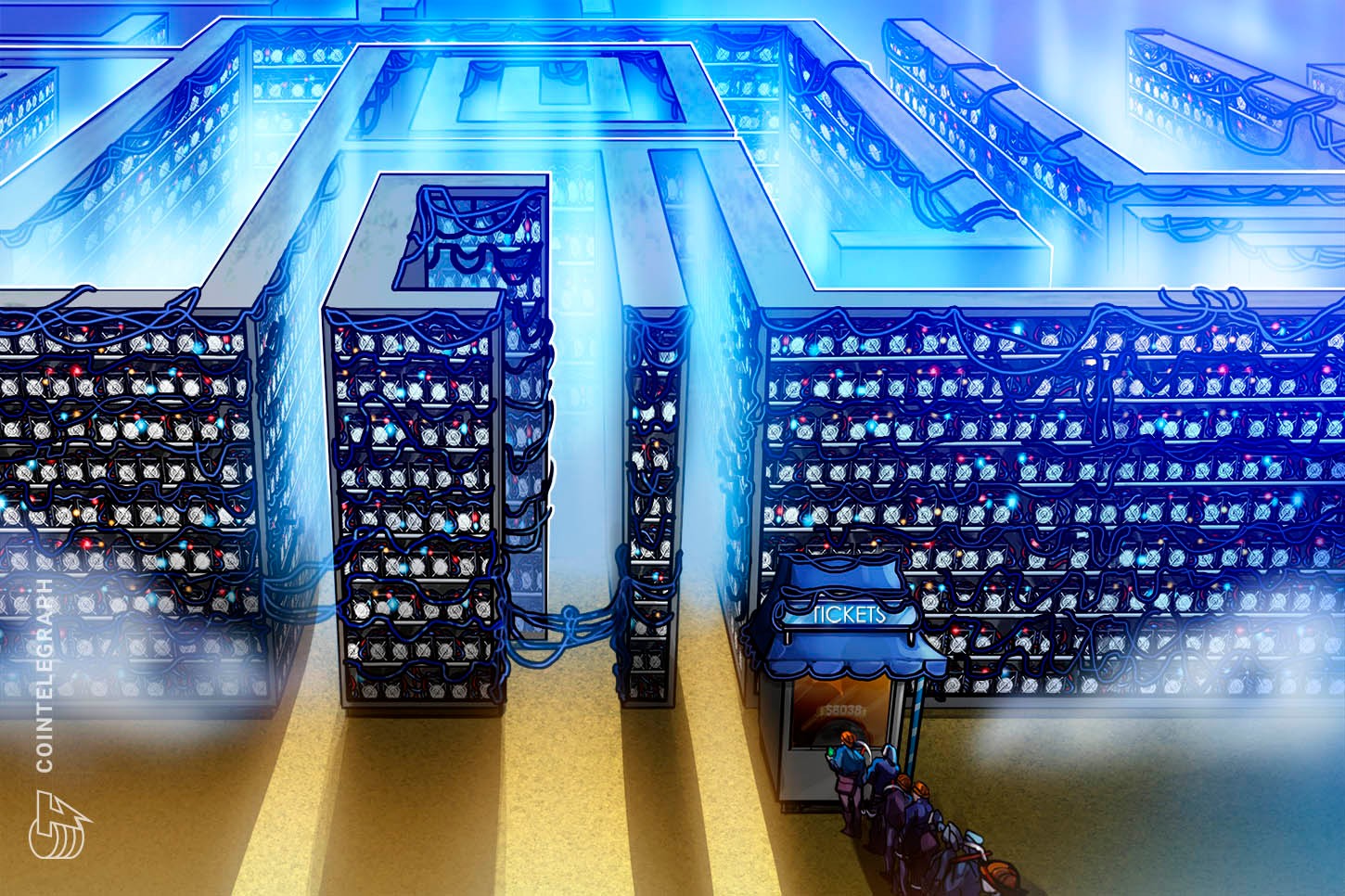Bitcoin’s (BTC) mining difficulty has reached an all-time high, demonstrating the increasing competition for block rewards between miners, data from Blockchain.com revealed on June 27.
Mining difficulty, which adjusts to the network hash rate every 2016 blocks, hit 7.86 trillion, a new record, surpassing the previous peak in October 2018.
Hash rate itself, which set new records on an almost daily basis throughout recent weeks, has meanwhile come down slightly to linger around 56 quintillion hashes per second.
In other words, competition among miners for new blocks as well as overall bitcoin network security has never been higher.
As Cointelegraph reported, it is network metrics such as these which instill confidence in analysts and markets alike. The 2019 bitcoin bull run followed a return to form for network stability after a period of regression in the last quarter of 2018.
At its lowest, hash rate circled just 32 quintillion hashes, having come down from an August high of 61 quintillion.
Looking forward, the upcoming bitcoin block reward halving, scheduled for May 2020, could well impact on miner sentiment and move prices accordingly.
In line with research published by crypto hedge fund Pantera Capital earlier this year, the reach-back effect of the event could be responsible for pushing up the bitcoin price a year in advance.
“Inflection points occurred 376 and 320 days prior to the 2012 and 2016 ‘halvings’, respectively. Taking their average of 348 days could indicate a bottom on June 10, 2019,” the company forecast.


